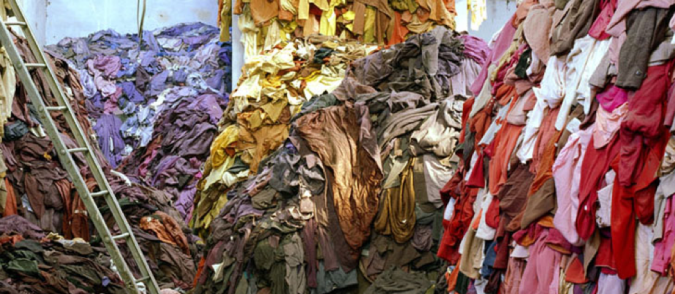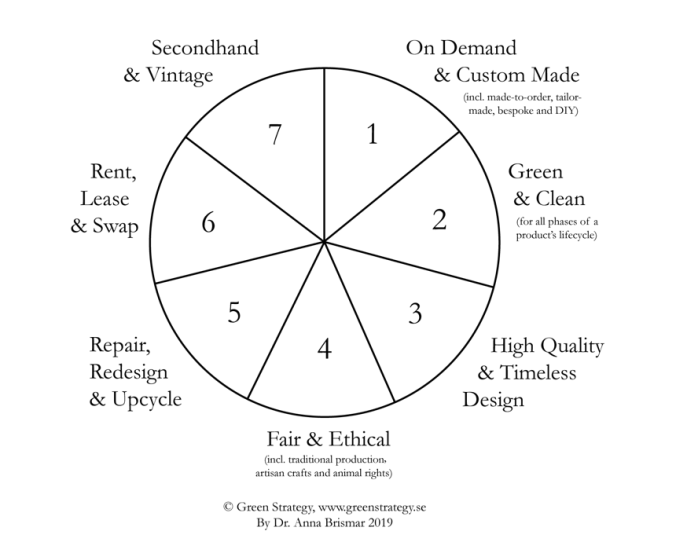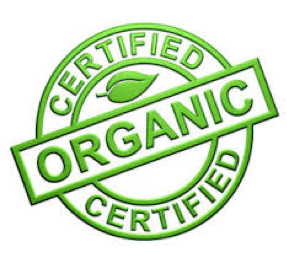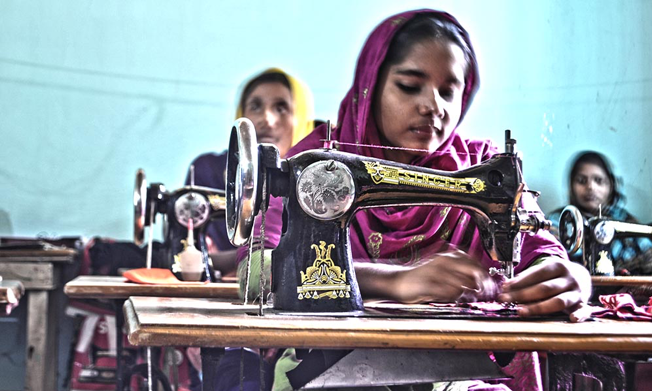It’s been a minute…with school, work and other things that comes with life, I’ve put this on the back-burner, but I have decided to ~dip the pen~ yet again.
Since my last post, my style and outlook on fashion and clothing has changed immensely. With the ever-changing trends of fashion and the constant changes of pieces in your wardrobe, it is easy to get lost in the fashion revolving door. Since fashion trends seem to come out of nowhere and die just as quickly, these fashion houses and retailers feel the pressure to keep up. And with that pressure of constantly feeling like they have to be at the forefront or the trendsetter, comes the consequences…that being the fashion industry being the WORLD’S second largest polluter after the oil industry.
This means that if you decide to only use clean energy in your home, eco-friendly cars, consistently recycle and never eat meat, you are still in some form contributing to the fashion industry’s number one problem just by waking up and getting dressed for work/school every day.
FASHION’S AREAS OF CONCERN

The industry’s environmental impact reaches four major areas, those being: waste, water, toxic chemicals and energy.
According to the documentary True Cost, a film shedding light on the behind the scenes of the fashion industry, states that the average American throws away 82 pounds annually of garments, accessories and shoes. Fulling this is the creation of cheap trendy collections, known as fast fashion.
We are all familiar with fast fashion and we have all contributed to fast fashion. If you are unfamiliar with this term, it is what I alluded to earlier in this post. Many retailer’s that A LOT of us shop at are contributors to this fast fashion pandemic. These retailers such as H&M, Zara, Forever21, ASOS, TOPMAN/TOPSHOP are all worldwide fashion houses whose business model is to keep up with the trends and produce these trends in high production, with often times, low quality, and poor human conditions. Again, according to the documentary, worldwide, humans consume 80 billion pieces of clothing a month, which is more than a 400% increase from 20 years ago.
And this is no way to shame those who shop at these places because I can’t lie and act like I don’t shop here from time to time, but I believe it is important to know how what you’re doing impacts your community, and world. Continuing to shop at these retailer’s is totally your prerogative.
Some statistics of fashion’s contribution to waste (according to Global News):
- The average T-shirt uses 400 to 600 gallons of waterto produce (that’s equivalent to seven to 10 full bathtubs)
- A pair of jeans uses 1,800 gallons of water(that’s about 6,800 one-liter bottles)
- The fashion industry uses 1,600 chemicals in their dyeing processes, where only 1% has been approved by the Environmental Protection Agency.
This industry is a two-way street, so not all the blame can be placed on the producers, but some needs to be put on the consumer as well. As stated earlier, consumers buy 400% more clothing than they did two decades ago, but the average amount that each piece of clothing is worn is only seven (7) times before it gets thrown away. This is a consequence of fast fashion because we feel that our clothes become outdated with a span of 4 months.
Even though thrifting has become more popular over the last decade, people still tend to believe that clothes that are slightly ripped or discolored/stained are worthless and still throw them away where they would eventually end up in a landfill or get incinerated. In actuality, these same clothes could be recycled, where they could be made into different products such as paper, insulation for homes/building, padding for carpets and many other things.
Forms of Sustainability
Now, there are many other forms of sustainable fashion than just shopping at your local goodwill or vintage store, according to Green Strategy, there are seven different ways that you can contribute to sustainable fashion.

- On Demand & Custom Made
When this is being said, I don’t mean that your friend made you a special piece or that you received a one-of-one. I am referring to that when an order is placed for a piece of clothing, whether it being a shirt, pants or shoes, that is when the product is made. Not before. When companies have 300 of the same shirts already made, the likelihood of that product selling out is very slim and by the time that fashion season is over, either Spring/Summer or Fall/Winter, it is time to get rid of that product.
- Green & Clean

This is pretty easy to understand…you want your clothes to be made in clean and an environmentally friendly way. If a clothing item has this stamp, it means that it was made organically (of course) and that it came from a process that holds no pesticides. It also contains no GMOs and abides by the law of standards.
Cotton is a very popular organic, material in fashion right now.
- High Quality & Timeless Design
In the age of consumerism and fast fashion, it difficult to find high quality pieces without spending hundreds of dollars. When you can walk into H&M and grab 5 pieces without spending over $100, how could you resist? But after a couple washes you realize why that shirt you bought was only $8. With fast fashion comes low quality, the shape, size eventually gets distorted and has you right back in their store buying the same shirt over and over again. If you are buying a piece that you feel can be worn today, tomorrow, next year and even 5 years from now, it is important to pay attention to the quality of the shirt and what the shirt is made of, so you can get your money’s worth.
- Fair & Ethical

This form of shopping sustainably relies on the ethical and the conditions the people who made it were in. Not all factors to sustainable shopping directly deals with the environment but also the conditions of your neighbor. In suit of cheap production, many companies will move their production facilities to developing companies where they can employ anybody to produce their clothing for pennies, this includes child labor. Another ethical issue is health and safety risks. A lot of these companies force their employees to work long hours while being exposed to pesticides and other chemicals which can result in health risks and can suffer from vomiting, respiratory diseases, seizures and even death.
- Repair, Redesign & Recycle
The three R’s of fashion. This form of sustainability is more geared towards the creative and out of the box thinking “fashion heads”. These can include doing DIY’s to repurpose old clothing and finding new ways to reuse old clothes that you wouldn’t want to wear.
- Rent, Lease & Swap
Instead of buying brand new produced clothes, consider trading clothes with a friend or family member.
- Secondhand & Vintage
Probably the most common form of shopping sustainably. With thrift stores and vintage stores every couple miles…this is the easiest way to shop sustainably when it comes to access. Even if you don’t want to go to a thrift store, or seem to not have any luck, there are plenty of ways to shop secondhand online. With websites like Grailed, Depop, Poshmark and eBay (which I contribute half my closet to), it has never been easier to secondhand shop.